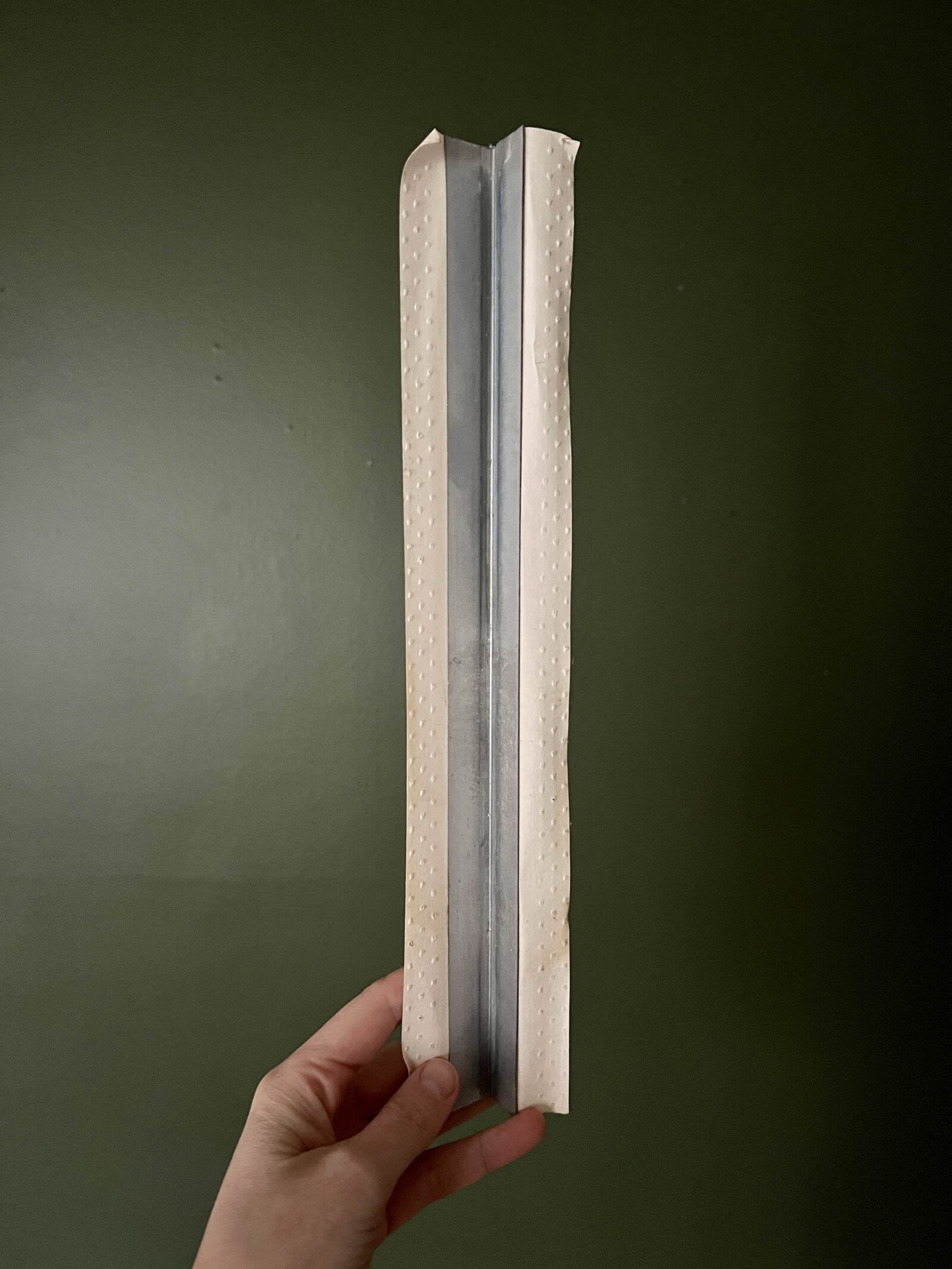Waterproofing is an essential process in construction and home maintenance, ensuring that structures remain dry and protected from water damage. Whether you are dealing with a basement, roof, or exterior walls, understanding how to effectively waterproof your property can save you from costly repairs in the future. This guide will walk you through the waterproofing process step by step, providing you with the knowledge and tools necessary to achieve a successful outcome.
Step 1: Assess the Area
Before you begin any waterproofing project, it is crucial to assess the area that requires treatment. Look for signs of water damage, such as mold, mildew, or peeling paint. Identify the source of water intrusion, which could be due to poor drainage, cracks in the foundation, or inadequate roofing. This assessment will help you determine the appropriate waterproofing method and materials needed for your project.
Step 2: Choose the Right Waterproofing Method
There are several waterproofing methods available, each suited for different applications. Here are some common techniques:
- Liquid Membrane: This method involves applying a liquid coating that forms a seamless barrier over the surface. It is ideal for roofs, balconies, and terraces.
- Cementitious Waterproofing: This technique uses a cement-based mixture that is applied to surfaces, creating a waterproof layer. It is commonly used for basements and water tanks.
- Bituminous Membrane: This method involves using asphalt-based sheets that are applied to surfaces. It is effective for roofs and below-grade applications.
- Crystalline Waterproofing: This innovative approach involves adding crystalline compounds to concrete, which react with water to form a waterproof barrier. It is suitable for foundations and other concrete structures.
Choosing the right method depends on the specific area you are working on and the level of water exposure it experiences.
Step 3: Prepare the Surface
Proper surface preparation is critical for effective waterproofing. Follow these steps:
- Clean the Surface: Remove any dirt, debris, or loose materials from the surface. Use a pressure washer or a stiff brush to ensure a clean area.
- Repair Cracks and Holes: Fill any cracks or holes with a suitable filler or sealant. For larger gaps, consider using hydraulic cement, which expands as it cures to create a watertight seal.
- Dry the Surface: Ensure the surface is completely dry before applying any waterproofing materials. Moisture can compromise the effectiveness of the waterproofing layer.
Step 4: Apply the Waterproofing Material
Once the surface is prepared, it’s time to apply the waterproofing material. Follow the manufacturer’s instructions for the specific product you are using. Here are some general tips:
- Use the Right Tools: Depending on the waterproofing method, you may need brushes, rollers, or sprayers for application. Ensure you have the appropriate tools for even coverage.
- Apply Multiple Coats: For optimal protection, consider applying multiple coats of the waterproofing material. Allow each coat to dry completely before applying the next.
- Pay Attention to Details: Ensure that you cover all seams, joints, and transitions thoroughly, as these are common areas for water intrusion.
Step 5: Allow for Curing
After applying the waterproofing material, it is essential to allow it to cure properly. Curing times can vary based on the product used and environmental conditions. Avoid exposing the area to water or heavy traffic until the waterproofing layer has fully cured.
Step 6: Conduct a Water Test
Once the waterproofing material has cured, it’s wise to conduct a water test to ensure that the area is indeed waterproof. This can be done by spraying water on the surface and checking for any signs of leakage or moisture penetration. If any issues arise, address them immediately by reapplying the waterproofing material or making necessary repairs.
Step 7: Maintain Your Waterproofing System
Waterproofing is not a one-time task; it requires regular maintenance to ensure its effectiveness. Inspect the waterproofed areas periodically for signs of wear, damage, or water intrusion. Address any issues promptly to prevent further damage.
Conclusion
Waterproofing is a vital process that protects your property from water damage and enhances its longevity. By following this step-by-step guide, you can effectively waterproof various areas of your home or building, ensuring a dry and safe environment. Remember, the key to successful waterproofing lies in proper assessment, material selection, surface preparation, and ongoing maintenance. With the right approach, you can master the art of waterproofing and safeguard your investment for years to come.
